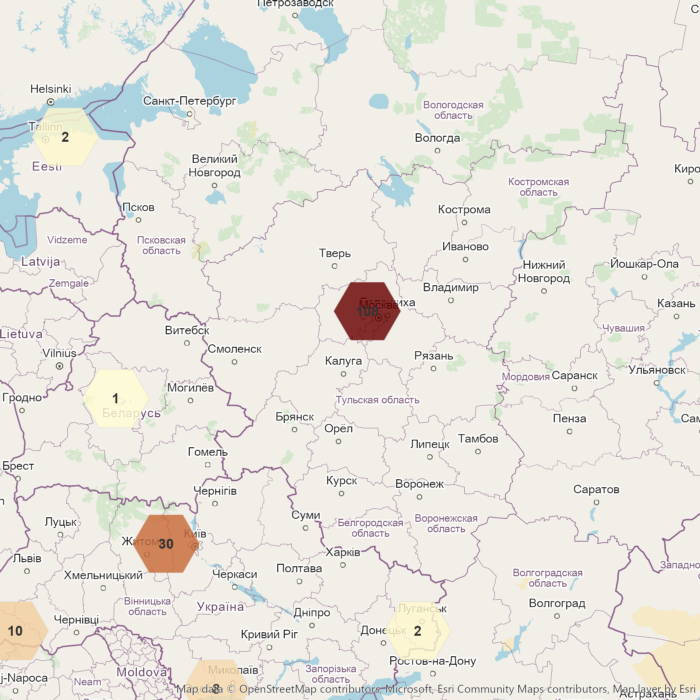For centuries, engineers have been fascinated by feedback control. As early as 1868, James Clerk Maxwell analyzed the steam-engine governor—a device that automatically regulated engine speed—laying a formal foundation for control theory. In the 20th century, Norbert Wiener coined the term „cybernetics“ to describe control and communication in animals and machines. The name itself comes from the Greek word for „steersman“: when steering a ship, the rudder is continuously adjusted in response to winds and waves, creating a feedback loop that keeps the vessel on course. After World War II, researchers from mathematics, biology, engineering and other fields convened (for example in the famous Macy Conferences) to develop these ideas, pioneering what became known as cybernetics.
In a closed-loop control system, a controller compares a measured output to a target and uses the difference (the error) to adjust its input. For example, an automobile’s cruise control monitors actual speed against the setpoint and automatically adjusts the throttle to maintain the desired speed despite hills. By continually correcting error, the system adapts: when conditions change, the feedback loop compensates to restore balance.
Modern geospatial intelligence relies on similar feedback loops. Satellite and aerial sensors capture rich spatial data continuously—for instance, NASA’s Landsat/SRTM mosaic shows the 50‑km‑wide „Richat Structure“ in the Sahara in dramatic detail. This raw imagery is fed into analytic algorithms (the „brains“ of the system), which interpret features and patterns. The system then acts on its environment—for example by dispatching drones or altering resource allocations — and keeps sensing, forming a continuous loop. In other words, geospatial systems treat information (sensor data), algorithms, and actors as parts of an urban „cybernetic“ control loop , where sensors gather data, computation draws conclusions, and actuators execute plans.
In disaster response, these adaptive geospatial loops can save lives. As one analysis notes, the timely input of new information allows responders to shift from reactive plans to a truly dynamic process . After the 2010 Haiti earthquake a U.S. Global Hawk drone surveyed damaged roads and bridges from high altitude, providing imagery that guided relief efforts . Likewise, unmanned Predator aircraft equipped with infrared cameras have mapped wildfire hotspots and streamed data back to incident commanders for near real-time tactics. In each case the flow of spatial data into command centers enabled officials to update plans and direct resources based on the latest conditions.
In cities, sensor-driven feedback is building smarter infrastructure. Traffic cameras, pollution monitors, and IoT devices feed data into control centers that adjust city services in real time. This is the concept of a „cybernetic city“, which divides urban management into information collection, decision algorithms, and agents that carry out actions. Geospatial data prove pivotal in optimizing urban infrastructure and environmental monitoring. For example, adaptive traffic-light systems and smart parking apps use real-time location and flow data to reduce congestion, while intelligent energy grids balance supply and demand. Many modern „smart city“ projects already exploit feedback: sensors in roadways and vehicles adjust signal timing dynamically, and smartphone apps crowdsource issues like potholes, closing the loop between citizens and city managers.
The same principles apply to defense and security. Persistent surveillance systems embody cybernetic feedback. Drones and satellites continuously collect geospatial imagery: platforms like the Predator and Global Hawk can loiter for hours, providing „persistent surveillance“ of an area. Analysts and automated systems interpret this incoming data to locate potential threats, feeding conclusions back to commanders for action. In effect, ISR (Intelligence, Surveillance, Reconnaissance) cycles through sense–analyze–act loops. One U.S. intelligence doctrine describes ISR as an integrated capability that „tasks, collects, processes, exploits, and disseminates“ information. In practice, fresh geospatial intelligence quickly informs strategic decisions and operational adjustments.
Underlying all of these examples is the basic cybernetic mechanism of sensing, interpreting, and acting. Sensors (satellites, cameras, UAVs, etc.) „perceive“ the world by gathering raw geospatial data. Advanced software and analysts then „interpret“ this data—using GIS, Geospatial AI and other techniques to extract meaningful patterns or predictions. Finally the system „acts“ on the insights—retasking a drone, changing a traffic signal, dispatching resources or issuing alerts. Each cycle closes the loop: the controller observes outputs, compares them to its goals, and adjusts future actions to reduce any error. This continuous sense analyze–act process is exactly what cybernetics envisioned, making it a powerful blueprint for next generation geospatial intelligence.
References
[1] Control Theory and Maxwell’s Governor
Maxwell, J. C. (1868). On governors. Philosophical Transactions of the Royal Society.
[2] Cybernetics and Norbert Wiener
Wiener, N. (1948). Cybernetics: Or Control and Communication in the Animal and the Machine. MIT Press.
[3] Feedback and Control Loops in Systems Engineering
Franklin, G. F., Powell, J. D., & Emami-Naeini, A. (2015). Feedback Control of Dynamic Systems.
[4] Wikipedia—The Richat Structure
The structure was first described in the 1930s to 1940s.
[5] Cybernetic Urbanism and Smart Cities
Batty, M. (2013). The New Science of Cities. MIT Press.
[6] Haiti Earthquake Drone Reconnaissance
National Research Council. (2014). UAS for Disaster Response: Assessing the Potential.
[7] Wildfire Mapping Using UAVs
NOAA. (2020). Unmanned Aircraft in Wildfire Management.
[8] ISR Doctrine and Persistent Surveillance
Joint Chiefs of Staff. (2012). Joint Publication 2-01: Joint and National Intelligence Support to Military Operations.
[9] Geospatial Intelligence Analysis Cycle
NGA. (2017). Geospatial Intelligence Basic Doctrine (GEOINT 101).


